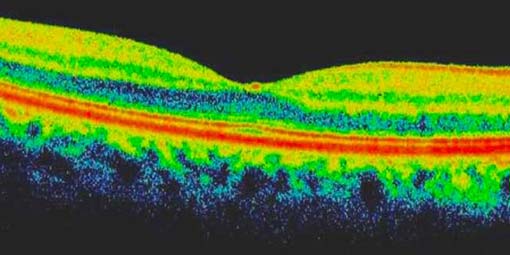Unmasking The Illusion Of "3D" OCT Scans
26-08-2023
In the world of vision care, technological advancements continually enhance our ability to peer into the intricacies of the eye. Optical Coherence Tomography (OCT) stands as a prime example, revolutionizing the diagnosis and management of retinal conditions. However, amidst the buzz, a particular marketing term - "3D OCT Scans" - has sparked curiosity, only to lead to a revelation: the term is, in essence, a deceptive illusion.
OCT Offers A Cross-Sectional View
Before delving into the deception, it's imperative to understand what OCT genuinely offers. OCT is a sophisticated imaging technique that provides high-resolution cross-sectional views of the retinal layers. It uses light waves to create detailed images, unveiling the retina's structural intricacies. This cross-sectional view is a powerful tool for diagnosing and monitoring conditions like macular degeneration, diabetic retinopathy, and glaucoma.The Mirage of "3D" OCT Scans
Amidst this accurate understanding of OCT, the term "3D OCT scans" might conjure images of volumetric renderings, like a three-dimensional sculpture of the retina. However, the reality is quite different. The term "3D" is misleading, as OCT images primarily provide detailed cross-sectional slices of the retina. These images are akin to cutting a cake into thin sections and studying each slice - a valuable technique, but far from the full 3D representation one might imagine, or expect.The Importance of Precision in Communication
So, why the misleading term? Marketing can often take creative liberties, but precision in communication is essential, especially in healthcare. Using the term "3D OCT scans" could lead patients to believe they'll see a full three-dimensional representation of their retinal layers, which simply isn't the case, or a truthful presentation of what can be delivered to patients. The distinction is crucial because patients deserve transparent information about their diagnostic tools. The accurate depiction of OCT images as cross-sectional views ensures informed decisions about eye health. While "3D OCT scans" may intrigue, they also mislead patients.Empowerment Through Knowledge
Optical Coherence Tomography is an incredible asset to modern eye care, enabling early detection and precise monitoring of retinal conditions. Understanding what it truly offers empowers patients to take an active role in their eye health journey. When seeking OCT imaging, it's essential to engage with eye care professionals who accurately communicate the nature of the images. Discussions about retinal health should be built on honesty and accuracy. The more patients understand the tools used in their care, the better equipped they are understand their health and conditions, and to make informed decisions.Clearing the Fog
In the realm of health and well-being, clarity is paramount. While "3D OCT scans" might invoke images of multidimensional renderings, the reality is that OCT provides vital cross-sectional views of the retina's intricate layers. While the intent behind the marketing term may be to captivate, it simultaneously deceives. By knowing the true nature of OCT scans, patients can engage more meaningfully in their eye care journey, ultimately leading to clearer vision - both in terms of sight and understanding.Hyperbole Can Be Used To Distract
Exaggeration is a technique used by marketers to both captivate and to distract. How are exaggerated claims of 3D OCT scans used to distract potential patients? The simple answer is that they focus patient attention away from important exam features, scans and elements that they won't receive, such as exam duration with the optometrist or wide-angle retinal photography (which is more extensive than fundus photography) that are equally, if not more important than an OCT scan.Eye Care That Can Be Delivered & Trusted
For modern, technologically-advanced eye care that can be delivered and trusted, schedule an eye exam with our Edmonton optometrists today! Schedule An AppointmentFYEyes Blog Posts
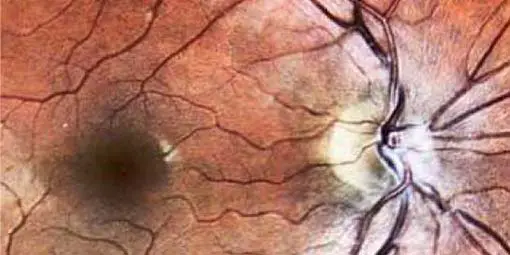
Fundus Photography vs. Wide Angle Retinal Photography
Fundus photography and wide-angle retinal photography are different diagnostic eye care scans. Learn how they differ.
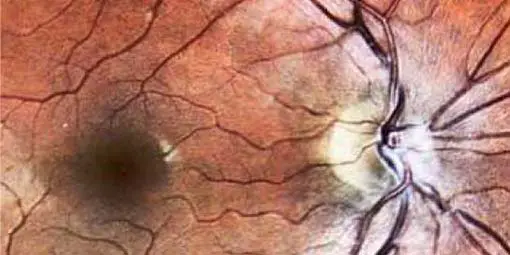
Importance of Advanced Eye Exam Technologies
Advanced eye exam technologies promote the early detection of eye diseases.
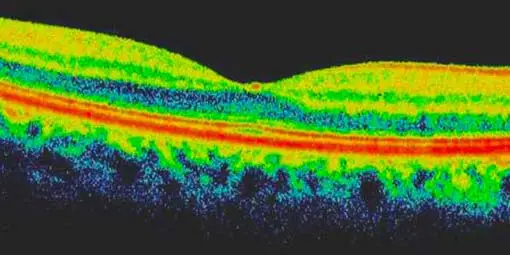
OCT: Optical Coherence Tomography
Optometrists use OCT to assess the retinal nerve layers of the retina.
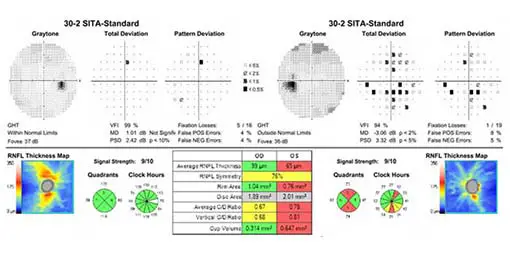
Visual Field Test
Perfect vision requires that you can see well everywhere in your field of vision.
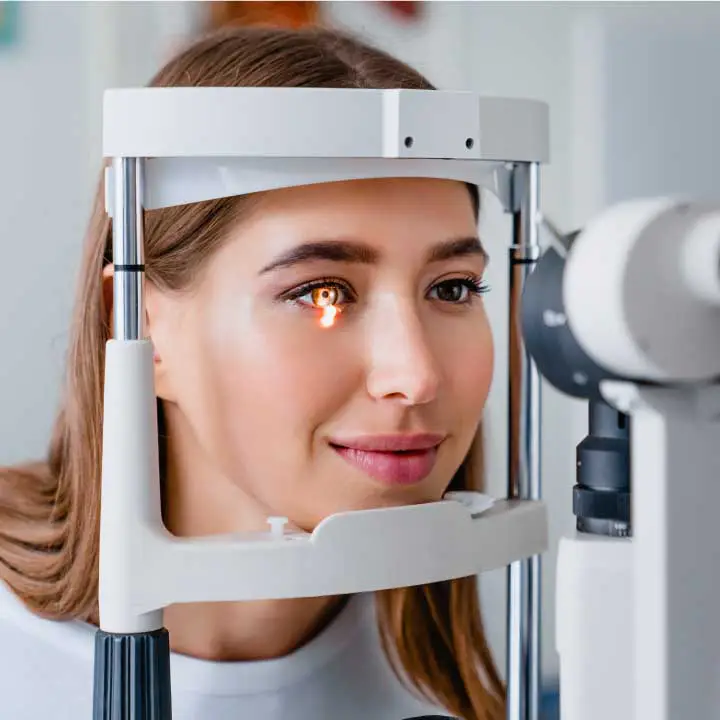
Adult Eye Exams
Our advanced eye exams consist of 25+ modern tests and digital scans to assess eye health, function, and visual acuity.

Child Eye Exams
Give your child a clear future with an annual eye exam from our experienced Edmonton optometrists.

Senior Eye Exams
Maintain your vision through your golden years with gold standard eye care from the optometrists at our Edmonton eye clinic.
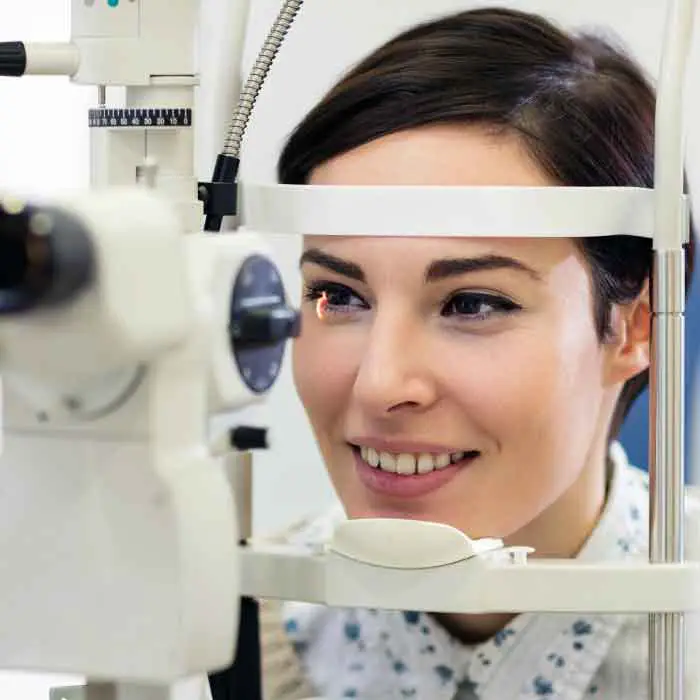
Contact Lens Eye Exams
Our eye exams for contact lens wearers include test and digital scans to assess eye health, function, visual acuity, and lens fit.
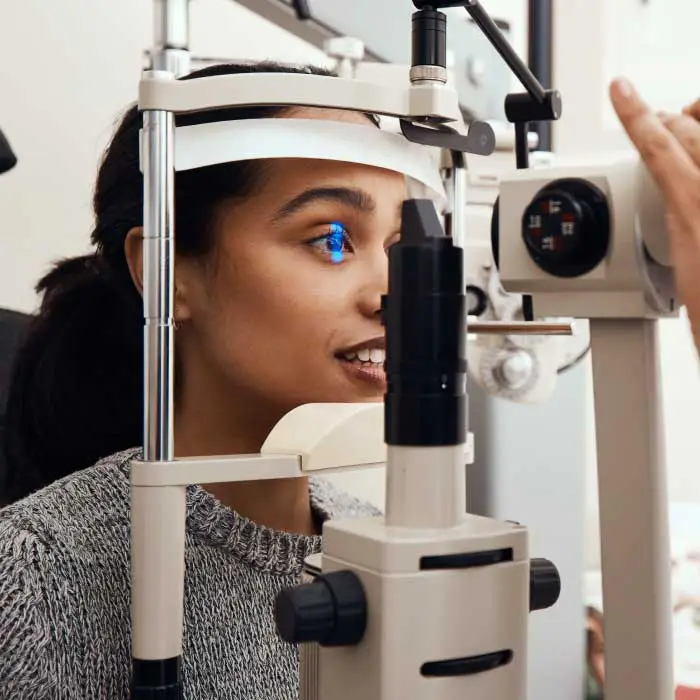
Diabetic Eye Exams
Managing diabetes requires regular eye exams to ensure that diabetes is not causing irreversible vision loss.
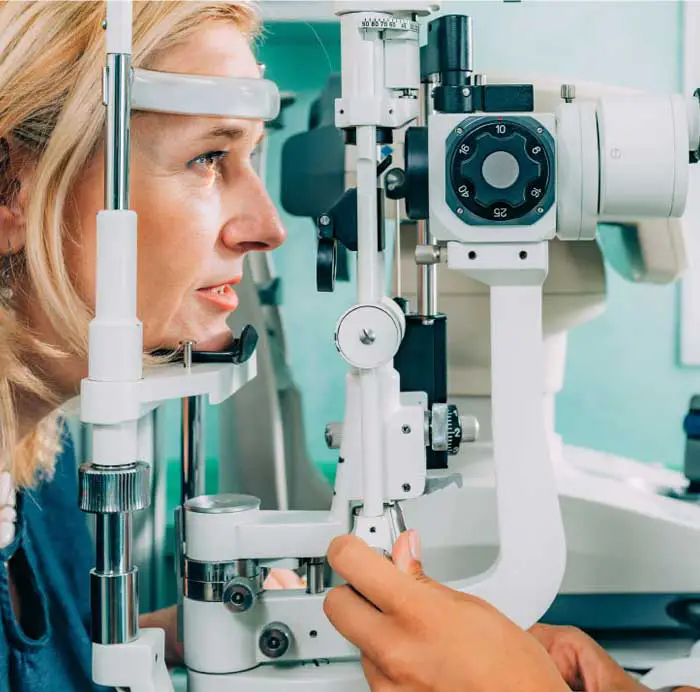
Dilated Eye Exams
Dilating the eyes enables our Edmonton optometrists to see more of the eye so that you many never see less.
Our Edmonton Eye Exams Are Comprised Of 4 Phases Of Evaluation
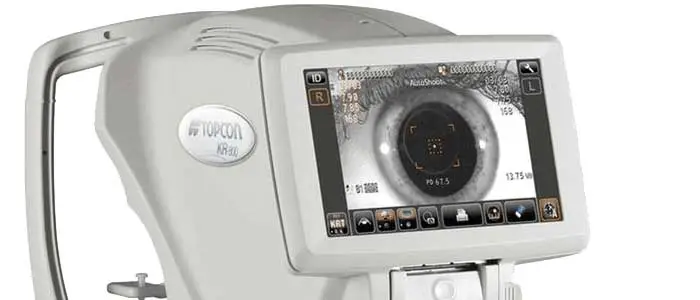
1. Eye Exam Pre-Testing
Corneal Thickness | Intraocular Pressures | Visual Field
Pre-testing is a detailed process that gathers all necessary information for the optometrist in advance of the optometrist-administered eye examination. This process involves completing a detailed patient history, as well as a series of standard tests. Pre-testing is an essential part of the comprehensive eye exam process, providing valuable information and visuals for both the optometrist and the patient.
More About Pre-Testing »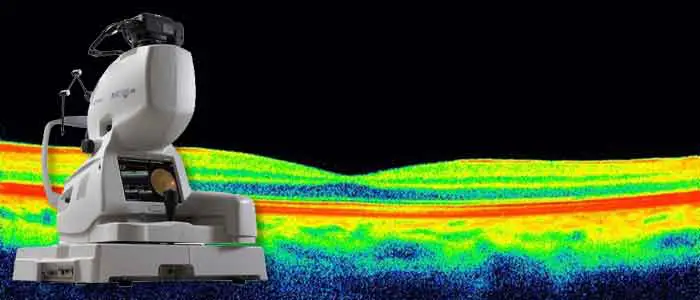
2. Advanced Diagnostic Testing
Retinal Photography, OCT, Topography
eye-deology Vision Care differentiates itself from other clinics by having the most advanced modern diagnostic specialty testing equipment. Specialty equipment, such as a wide-angle high-resolution retinal imager, Optical Coherence Tomography (OCT), Humphrey Visual Field Analyzer and corneal topographer, ensures that patients receive the best comprehensive eye care.
More About Advanced Testing »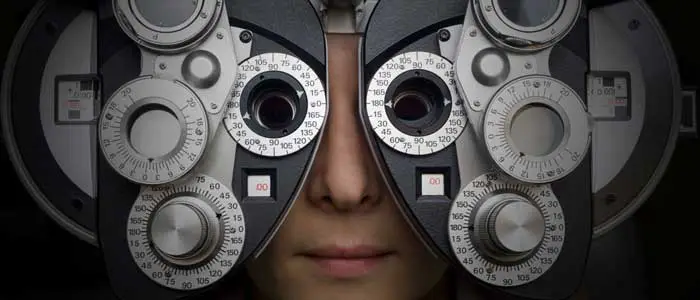
3. Optometrist Examination
Health Assessment & Disease Diagnosis
eye-deology Vision Care Edmonton optometrists perform a multitude of tests and assessments to evaluate ocular health, eye coordination, and visual acuity. In addition, they also evaluate the results of the tests and scans performed during pre-testing. As part of patient education, our optometrists also take the time to show and explain results to patients.
More About Doctor Exam »
4. Eye Glass Consult
Prescription | Lens Selection | Digital Fitting
If you require corrective lenses to improve your vision, our licensed opticians will customize their fit to your unique attributes, needs, lifestyle, and budget. Our opticians are happy to provide you with information about the latest eyeglass frame and lens technologies available so you can make informed decisions and begin seeing and looking your best.
More About Eyewear Consult »